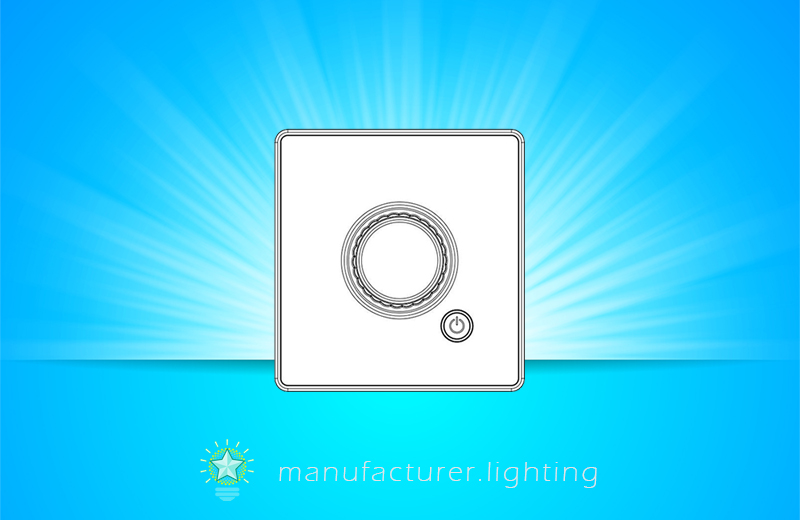
Light dimmers are widely used in indoor lighting to create a softer feel and more controllable illumination experience in contrast to on/off lighting. Dimming control provides flexible control of output down to the minimum level provided by the dimming hardware. Dimming a light source saves energy when operating a light source and as well allows an operator to adjust the intensity of the light source to an optimal level. Many facilities, such as homes and buildings, include light source dimming circuits (dimmers). In general, the dimmer is connected to an alternating current (AC) line, which provides a voltage that varies in time to come, characteristically in the shape of a sine wave. The dimmer modifies the shape of the sine wave to attenuate the power delivered to the lamp. There are several types of dimmers typically available. Those employing triac or thyristor devices work in a very similar manner. They're used for resistive, and inductive loads, such as incandescent, cold cathode and low voltage (inductive) lamp sources. Triacs and thyristors are similar components; a triac is basically two thyristors combined in one package. A wire wound transformer is an inductive load and the current tends to lag behind the voltage. A transistor dimmer switches the supply off and is typically referred to as a trailing edge dimmer. By switching the current off the possibility for voltage peaks is eliminated. Conventional dimmers used to dim incandescent light bulbs often include a triode for alternating current (triac). A triac-based dimmer sets a dimming level by phase cutting an alternating current (AC) input voltage at a particular phase angle to reduce the average amount of power delivered to a load, such as lamp. Incandescent/halogen dimmers are not designed to control LED and CFL bulbs nor dimmable LED and CFL bulbs and using them to do so may lead to inconsistent or limited performance. LEDs, however, cannot easily be driven directly by a conventional dimmer. For example, LEDs typically require a low DC voltage drive (e.g., 1-5 volts), whereas a conventional dimmer output is a higher AC voltage (e.g., 100-250 volts). LEDs and CFLs, are constant current devices, which means that the electronic lighting devices have a particular brightness for a particular current value. Thus, lighting systems which include electronic lighting devices often employ a controller to convert the input voltage into a voltage and current useable by the electronic lighting devices. Several different types of technologies are used for dimming light sources, including PWM, reverse phase control, and forward phase control, among others. Generally speaking, dimming methods of light emitting diodes (LEDs) backlights have two modes, a burst mode and a continuous mode, where the continuous mode is used for adjusting a peak of a driving current of the light emitting diodes. Solid state lighting equipment can be dimmed to light output levels as low as 1% through the use of an LED driver with dimming capability. Dimming is frequently provided through pulse width modulation of the direct current supplied to the LEDs. Other advantages of LED dimming include a boost in both efficacy and life since the LEDs are operating at lower temperatures when dimmed. Universal dimmers are designed to control incandescent, halogen, dimmable LED and dimmable CFL bulbs. They offer full-range dimming, smooth start-up, and eliminate flickering and fluttering of lights.